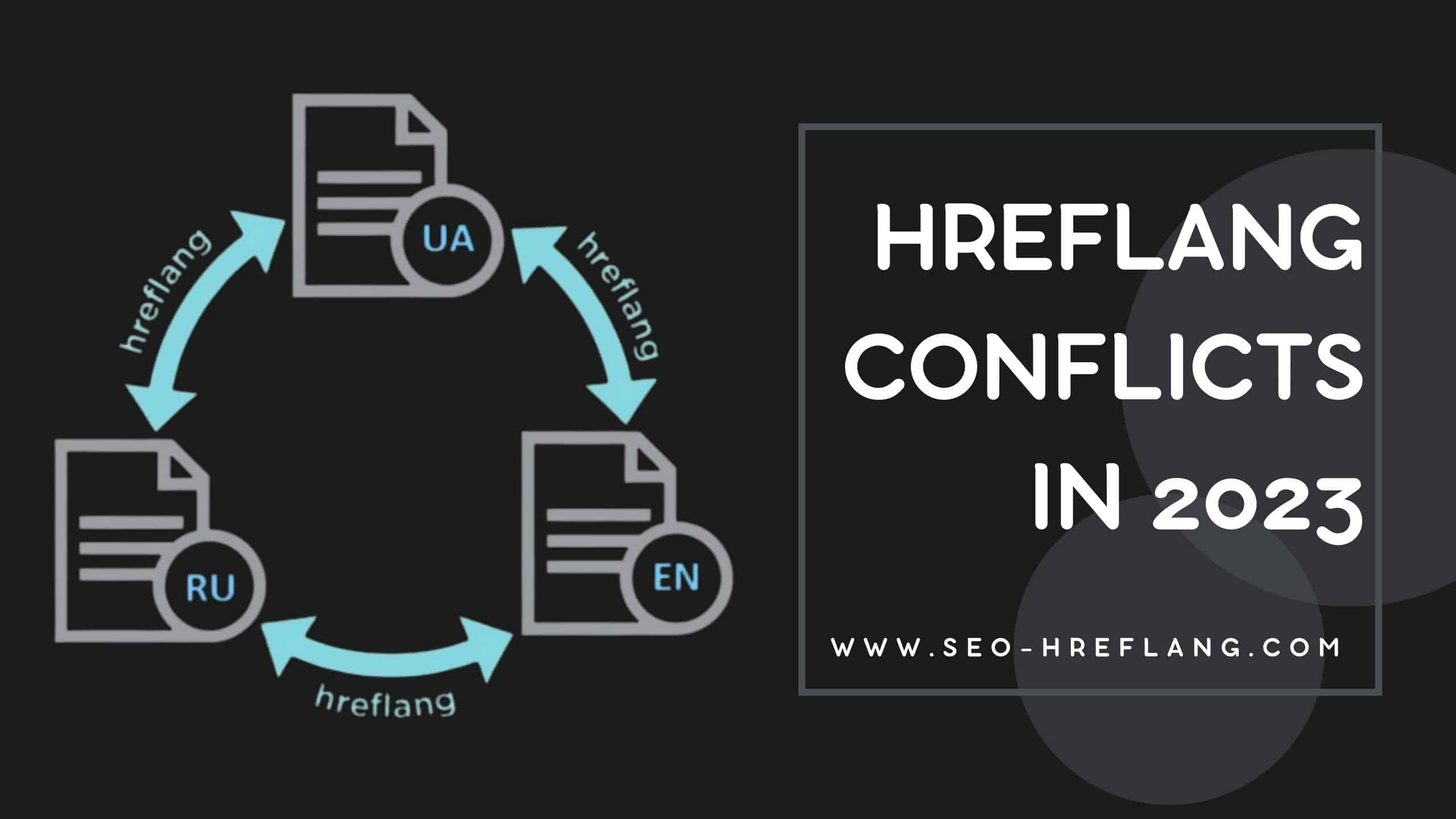Hreflang is an HTML attribute used to indicate language and regional targeting for web pages. It is essential for international SEO, ensuring that search engines deliver the most relevant content to users based on their language and location.
However, improper implementation or unexpected scenarios can lead to “hreflang conflicts.” In this guide, we’ll explore what hreflang conflicts are, how they arise, and the best practices to resolve and prevent them.
🌠 What is Hreflang?
Hreflang is an attribute used in the tag or HTTP header that tells search engines which language and regional versions of a webpage are available. It is crucial for websites with multilingual and/or multi-regional content to ensure users are directed to the appropriate version based on their preferences.
>> Hreflang Language Codes: The hreflang attribute uses language codes, such as “en” for English or “es” for Spanish, to identify different language versions of a page.
>> Hreflang and Regional Targeting: In addition to language codes, hreflang can also use region codes to specify content targeting for specific countries or regions.
🌠 Common Causes of Hreflang Conflicts:
Hreflang conflicts can occur due to various reasons, leading to incorrect content delivery to users or search engines.
>> Incorrect Language Codes: Using the wrong language codes in hreflang attributes can cause conflicts and misdirect users to unrelated content.
>> Missing or Duplicate Hreflang Tags: Missing hreflang tags or having duplicate tags on a page can confuse search engines and result in conflicts.
>> Inconsistent Regional Targeting: Inconsistent regional targeting, especially when dealing with multiple country versions, can lead to conflicts and unintended content delivery.
>> URL Structure and Parameters: URL variations and parameters can create hreflang conflicts if not managed properly.
>> Redirects and Canonicalization: Improper handling of redirects or canonical tags can impact hreflang signals and cause conflicts.
🌠 Impact of Hreflang Conflicts on SEO:
Hreflang conflicts can have significant implications for a website’s search engine rankings and user experience.
>> How Conflicts Affect User Experience: Users may land on a page in a language they don’t understand, leading to high bounce rates and diminished user satisfaction.
>> Search Engine Ranking Implications: Hreflang conflicts can confuse search engines, affecting their ability to index and rank the correct pages for relevant search queries.
>> Traffic and Conversion Impact: Incorrectly targeted content may lead to lower organic traffic and reduced conversion rates.
🌠 Identifying Hreflang Conflicts:
To resolve conflicts, it’s crucial to identify them first. Various tools and methods can help with this process.
>> Tools for Detecting Hreflang Issues: There are several SEO tools available that can help identify hreflang conflicts and other international SEO issues.
>> Analyzing Website Traffic and User Behavior: Monitoring user behavior and traffic patterns can highlight potential hreflang conflicts.
🌠 Resolving Hreflang Conflicts:
Once conflicts are identified, appropriate actions should be taken to address them effectively.
>> Best Practices for Fixing Conflicts: Correcting incorrect language codes, adding missing hreflang tags, and removing duplicates are essential steps.
>> Using 301 Redirects and Canonical Tags: Proper use of redirects and canonical tags can help resolve conflicts caused by URL variations.
>> Implementing Hreflang with XML Sitemaps: XML sitemaps can facilitate proper indexing and ensure search engines understand the hreflang setup.
🌠 Preventing Hreflang Conflicts:
Preventing conflicts is more efficient than fixing them. Adopting best practices and performing regular audits are key.
>> Comprehensive Website Audit: Conduct regular audits to identify and address potential hreflang issues before they become conflicts.
>> Quality Assurance and Testing: Thoroughly test hreflang implementation during website development and updates.
>> Monitoring and Maintenance: Continuously monitor hreflang signals and make adjustments as needed to maintain accuracy.
1. Case Studies:
Real-world examples of hreflang conflicts and their resolutions can provide valuable insights.
2. Common Myths and Misconceptions about Hreflang:
Debunking misunderstandings and clarifying best practices can help ensure proper hreflang implementation.
Hreflang conflicts can significantly impact the success of your international SEO efforts. Understanding hreflang implementation, identifying conflicts, and employing effective solutions are crucial to reaching the right global audience and achieving optimal search engine rankings.
Remember, this overview provides a general understanding of hreflang conflicts. For a more in-depth analysis and implementation strategies, it’s recommended to conduct further research or consult with SEO experts specialized in international SEO and hreflang.





